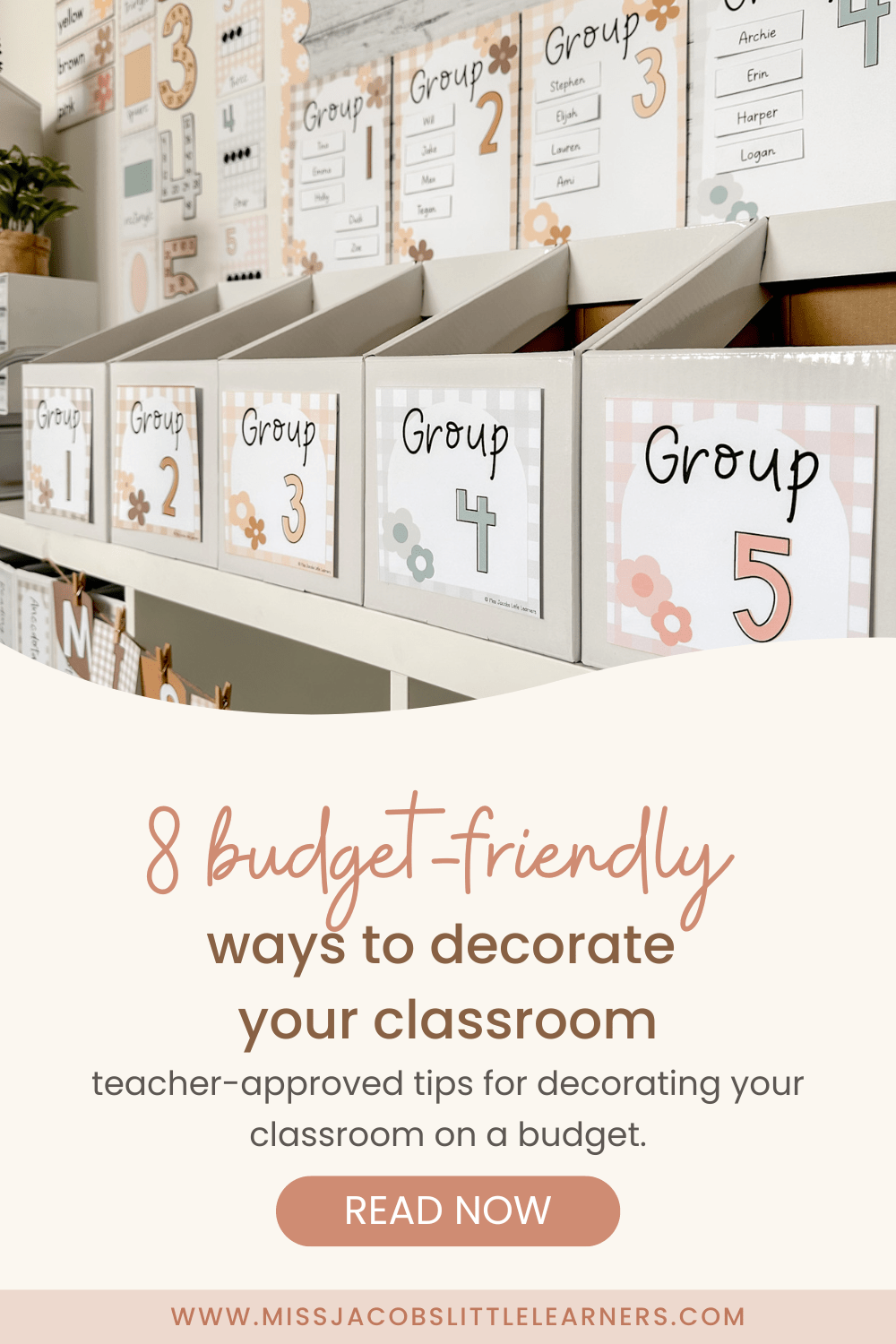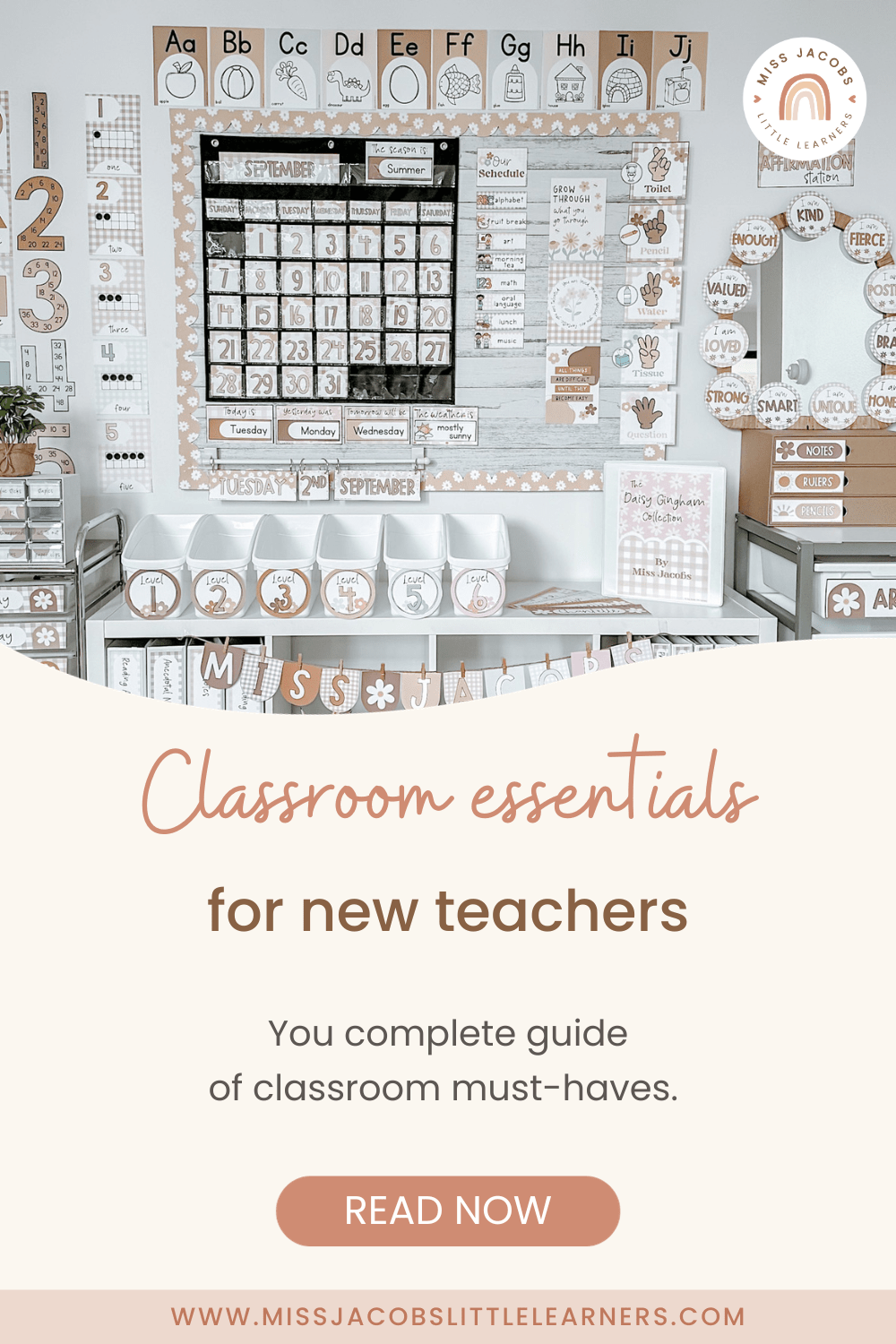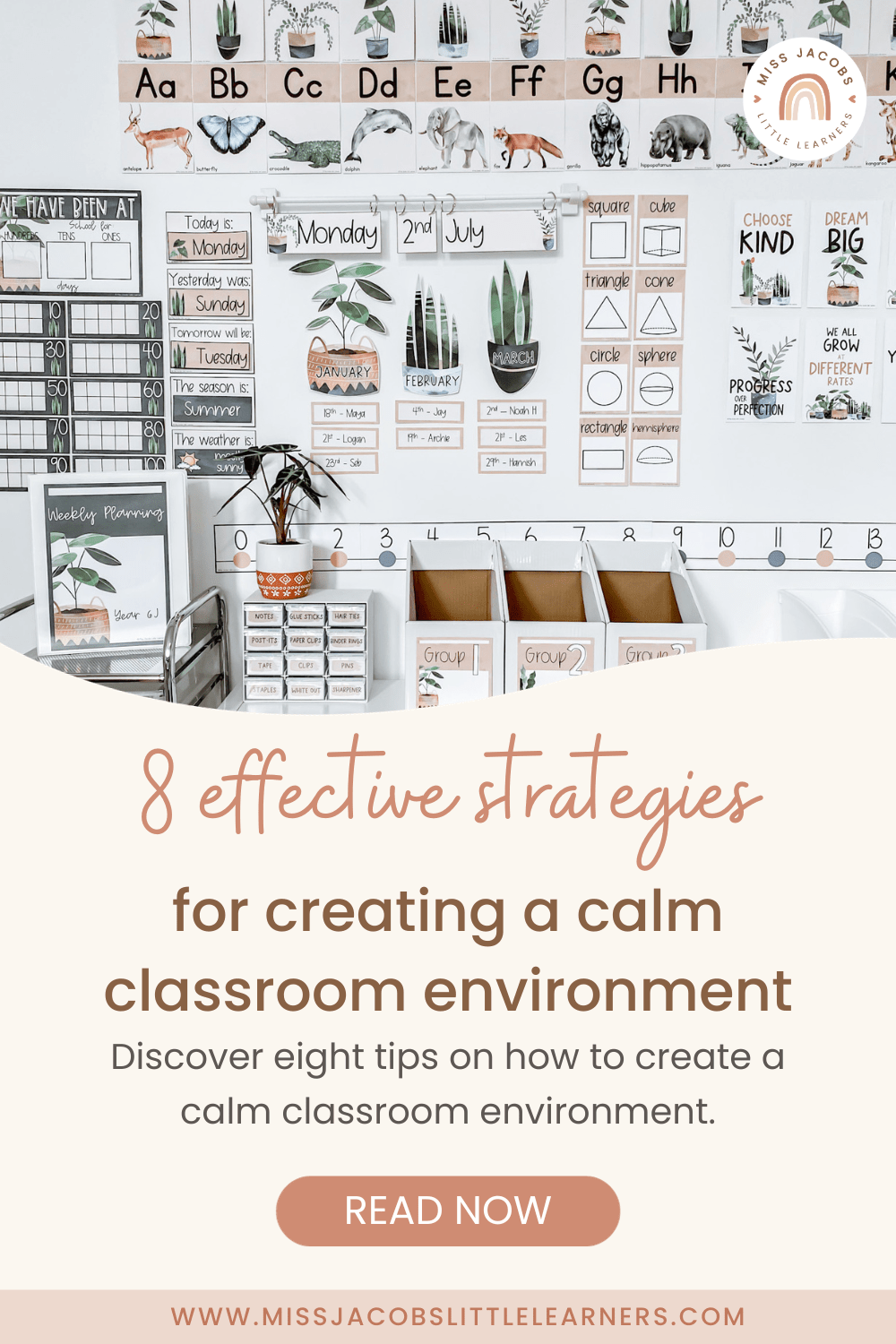
8 budget-friendly ways to decorate your classroom.
As educators, we’ve all been there, dipping into our own pockets to pick up those added extras for our classrooms. Creating a visually stimulating learning environment isn’t always easy when...
Today we’re talking about Report Writing Self-Care (aka ‘Must Haves for Keeping your S*it Together!’). Not even sure where to start when it comes to report writing? Or really lacking motivation to keep plugging away with them? Then these tips might just give you that final push to getting those reports DONE!
If you have been using your Acing Assessment resources throughout the term, make these your report writing BIBLE!

Use these documents to assist you with writing your comments on what each student has Achieved, Areas for Improvement and for assisting you in determining their overall grade.
When it comes to the Miss Jacobs’ Little Learners Guided Reading and Maths Assessment Checklists – you can simply open the checklist and see exactly where your students are at in a glance. In those folders, you will find everything you need to communicate in reports where each student is at. The checklists also show the behaviour that helped your students achieve the outcome required for their report. Personally, I use the checklists, with the relevant curriculum document, to give the child a progression point for their report.
Moving onto the improvement/future goals section! I use this section in the Guided Reading Folder to explain what students need to be working on or their goals for the future. For Maths – I use the differentiated levels included in the checklists to see where they were, what they’ve achieved and what’s ahead for them. Then you can tick off behaviour, points, future goals, and comments for reading and maths… DONE!!
If you haven’t been using the Guided Reading and Maths Assessment resources throughout the term… there’s still time!! You can grab the folders, write your students names and then from memory, fill in each section that’s relevant to report writing. It might seem like an extra step to writing reports… but I promise you, it will be so much quicker to brain dump all of your assessment into one place! THEN you can quickly and easily flick it over to the reports. No need to recall it all with the blank report card looming! Just make yourself a coffee, print out your folder and get going. You got this!!
Use these resources to assess your students for Writing and Speaking and Listening.
The Fiction and Non-Fiction Units are a great way to assess writing. By the end of each of these units, along with a super fun creative piece – your students will have created a plan, as well as executed the final piece. You can use the plan and the book to look at each students spelling, punctuation, spacing between letters, and all the other things you need to tick off!

If you throw a Publishing Party to celebrate your student’s work you can even do some sneaky assessment for Speaking and Listening. Simply create a little checklist or rubric with a few key behaviours you’re looking for. You can then give them a mark or some comments on speaking and listening.
When you get to the LAST bit of report writing, where you get to write a personal comment about your students (notice I didn’t use “have to write” #growthmindset)… this is a great opportunity to use the Personal Goals you’ve been working on with your students. Personal behaviour goals slips encourage so many different qualities you want to see in your students… like speaking clearly, sharing with other students, cleaning the learning space etc. So when you’re writing a personal comment about your students, you can ground it in the behaviours you’ve seen them achieve over the term.
If you haven’t been using Personal Goal Slips in your classroom, you can still utilise this tool to help you write reports. Simply print a list of your students, then look through each of the goals. As you do, certain students will come to mind when you recall how hard you worked with them to use their inside voice! Note this down! Then when it comes to writing the personal comments for each student, you have something to refer to! This will free you up from racking your brain!!

Acing Assessment Bundle Now Available!
Grab it HERE:

Every teacher is so DIFFERENT in the way that they write reports. Some of us write reports student by student, some do it subject by subject. Other teachers drink lots of wine, while some eat an incredible amount of chocolate. Some take a mental health care day to get on top of reports, other teachers hire a hotel room for a weekend and smash them out! Some teachers watch lots of Netflix, others have an incredibly clean house!!
However you write reports…trust that you know yourself and you know how to get through this massive task.
In your professional life, you have studied incredibly hard to become a teacher, prepared countless lesson plans and worked in different contexts. In your personal life, you’ve planned weddings, raised kids, organised overseas travel or simply managed to cook dinner for yourself last night! You know how to get things done and you know how you work best. So get ideas and inspiration from other people…but then you do you boo! You’re an incredible teacher and you’ve got this!!!


Teacher and Founder of Miss Jacobs Little Learners. If you’re dedicated to making a positive difference in the lives of your students – I’m here to help you.
Read MoreMiss Jacobs’ Little Teacher Community is a dedicated space for teachers just like you!
JOIN HERESign up as a Miss Jacobs BFF member today and get access to free resources!
sign up
As educators, we’ve all been there, dipping into our own pockets to pick up those added extras for our classrooms. Creating a visually stimulating learning environment isn’t always easy when...

Following the overwhelmingly positive response to the 'Cute Labels' collection (seriously you guys 🤩), your enthusiasm for a sea life theme couldn't be ignored. So, after some brainstorming and a...

Ahhh, to be a grad teacher again. There’s no feeling quite like walking into your very own classroom for the first time. The excitement, the nerves, the niggling sense of...

Have you ever walked into a classroom only to find your students fidgeting, interrupting, daydreaming, staring out the window, making paper planes, forgetting their inside voices and the stories that...